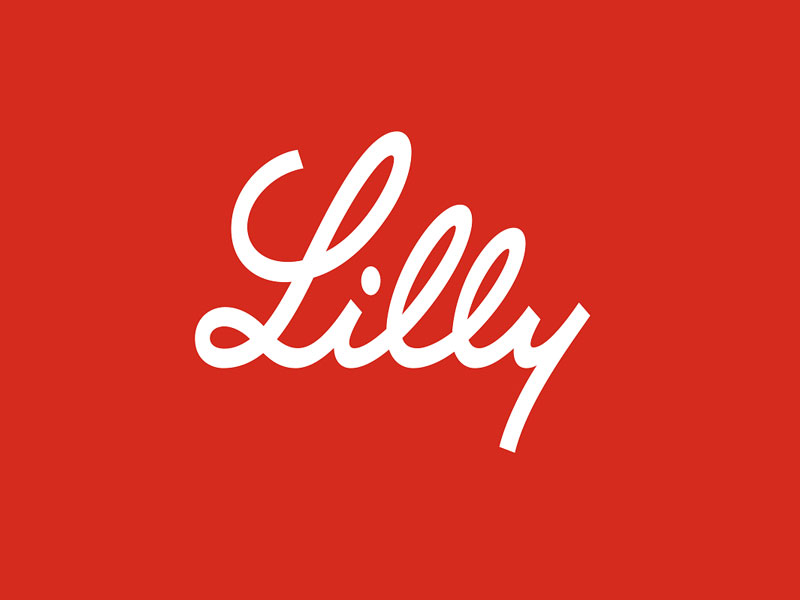The U.S. Food and Drug Administration (FDA) has officially approved Eli Lily’s Kisunla™ therapeutic, which is essentially presented as a treatment for Alzheimer’s in adults who are at the stage of early symptoms like mild cognitive impairment (MCI), or mild dementia with confirmed amyloid pathology. According to certain reports, Kisunla is understood to be the first and only amyloid plaque-targeting therapy with evidence-backed potential in regards to stopping therapy when amyloid plaques are removed, which can result in lower treatment costs and fewer infusions. To give you some context, though, amyloid is basically a protein produced naturally in the body that can clump together to create amyloid plaques. Now, when this plaque build-up breaches the excess limit, it instantly becomes a possible cause for memory and thinking issues long associated with Alzheimer’s disease. In response to that, Eli Lily’s Kisunla provides a viable alternative by promising to remove the excessive buildup of amyloid plaques and slow the decline that may diminish people’s ability to remember new information, important dates, and appointments; plan and organize; make meals; use household appliances; manage finances; and more. Still, though, the approval in question only came after a TRAILBLAZER-ALZ 2 Phase 3 study, where participants were analyzed over 18 months in two groupings: one group which was less advanced in their disease (those with low to medium levels of tau protein), and the other one with a more population, which also included participants suffering from high tau levels.
Going by the available details, Kisunla significantly slowed clinical decline in both groups, but having said that, those who were less advanced in their disease showed a significant slowing of decline of 35% compared with placebo on the integrated Alzheimer’s Disease Rating Scale (iADRS), which measures memory, thinking, and daily functioning. In the other group, the response to treatment using the iADRS came out to be at 22%. All in all, out of the two groups analyzed, participants treated through Kisunla were found to carry 39% lower risk of progressing to the disease’s next clinical stage than those taking placebo.
“Kisunla demonstrated very meaningful results for people with early symptomatic Alzheimer’s disease, who urgently need effective treatment options. We know these medicines have the greatest potential benefit when people are treated earlier in their disease, and we are working hard in partnership with others to improve detection and diagnosis,” said Anne White, executive vice president and president of Lilly Neuroscience, Eli Lilly and Company. “Our deepest thanks to the patients and their loved ones for participating in our clinical programs and to Lilly scientists and collaborators persevering over decades of research.”
Fair enough, if we look at the data, Kisunla reduced amyloid plaques on average by 61% at 6 months, 80% at 12 months, and 84% at 18 months, as compared to the start of the study.
Beyond its therapeutic potential, the therapeutic is also made to be accessible by the fact that coverage and reimbursement for Kisunla is now available for eligible patients on Medicare under a National Coverage Determination with Coverage with Evidence Development. This comes alongside broad coverage and reimbursement for amyloid PET scans.
“This approval marks another step forward in evolving the standard of care for people living with Alzheimer’s disease that will ultimately include an arsenal of novel treatments, providing much needed hope to the Alzheimer’s community. As a physician, I am encouraged by the potential to stop treatment, which could reduce out-of-pocket costs and infusion burden for eligible patients,” said Howard Fillit, M.D., Co-Founder and Chief Science Officer at the Alzheimer’s Drug Discovery Foundation (ADDF).


